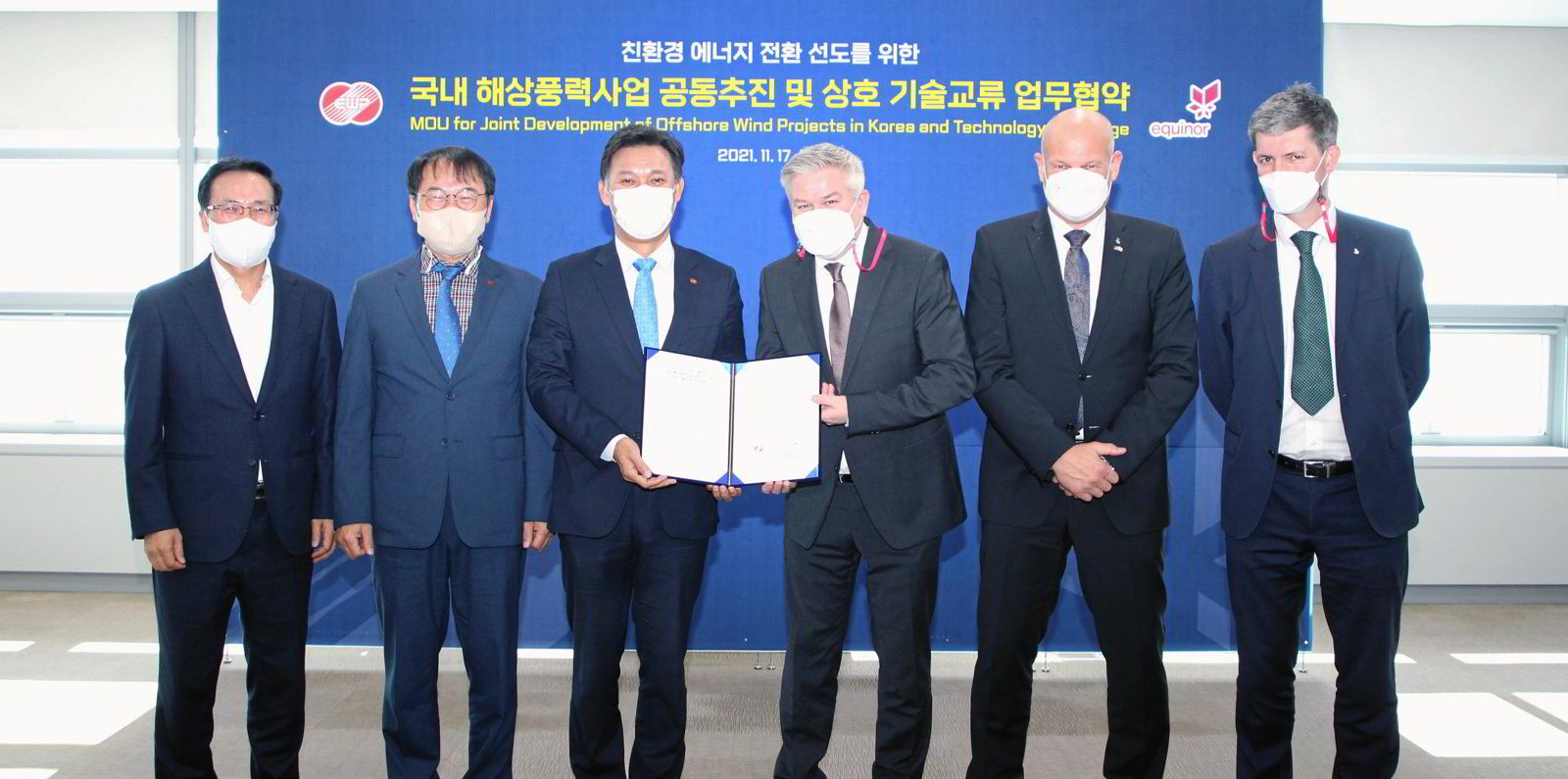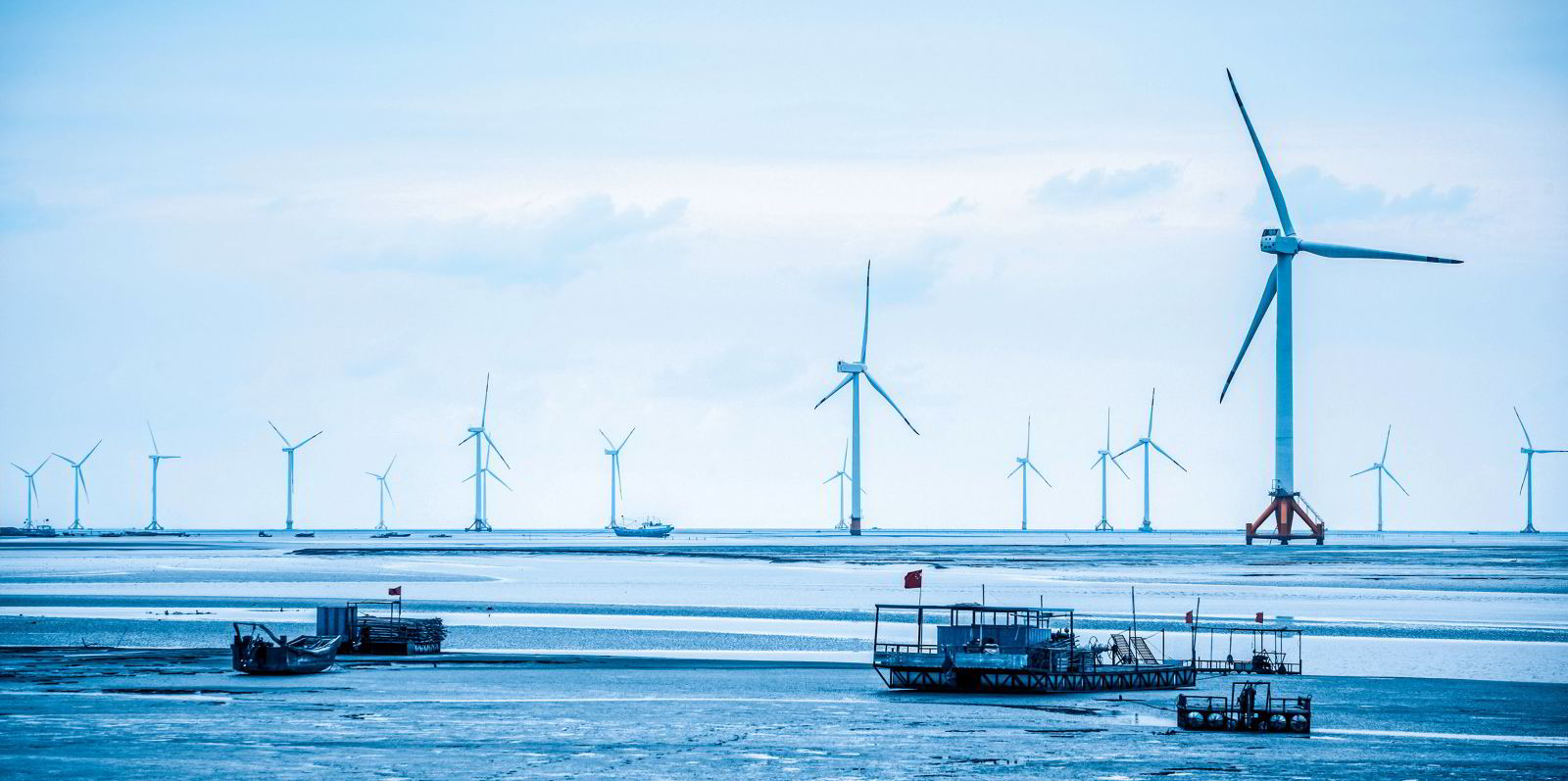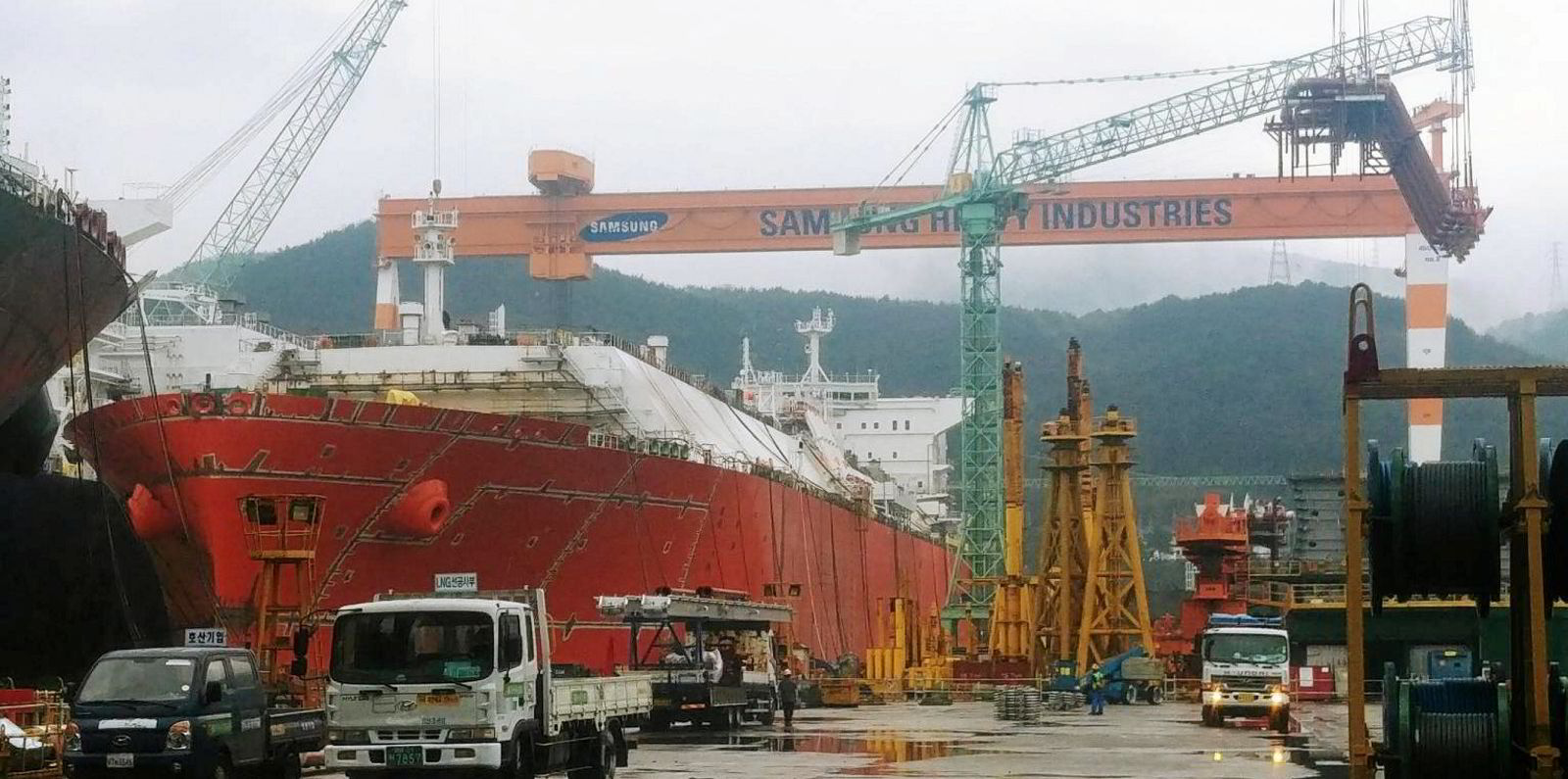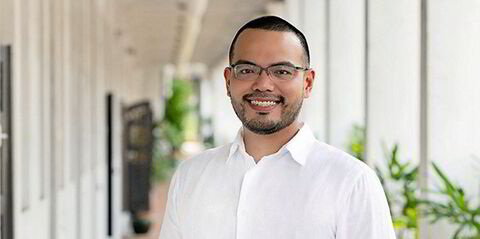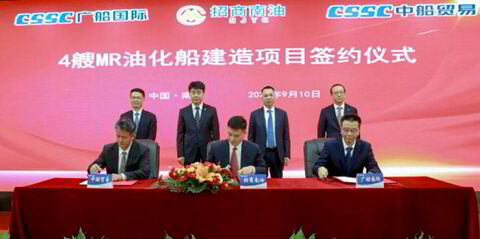Equinor is hoping that its long association with South Korean shipyards will pay dividends for its latest move into the Asian nation's growing offshore wind market.
The Norwegian oil major has just teamed up with Korean East-West Power to cooperate on 3 GW of offshore wind projects in South Korea.
The South Korean government has set out an ambition to grow renewables by 60GW to 2034, of which 12GW is targeted for offshore wind by 2030.
The country is transforming its energy mix from nuclear power and coal to renewable energy and the share of renewable energy is predicted to increase to 20% by 2030.
Equinor is already active in South Korea's offshore wind market, participating in the Donghae and Firefly wind farm projects.
At the Donghae project, its ambition is to develop a 200 MW floating offshore wind farm, while at the Firefly site it has started conducting wind measurements needed to further investigate the possibility of developing and constructing a floating offshore wind project with the potential of 800 MW off Ulsan.
Pal Eitrheim, executive vice president in renewables at Equinor, said: "South Korea aims to become one of the leading global markets for offshore wind in the next decade.
"We want to develop the first commercial floating offshore wind farm in South Korea. We have worked with the Korean supply chain for many years and know its qualities and capabilities.
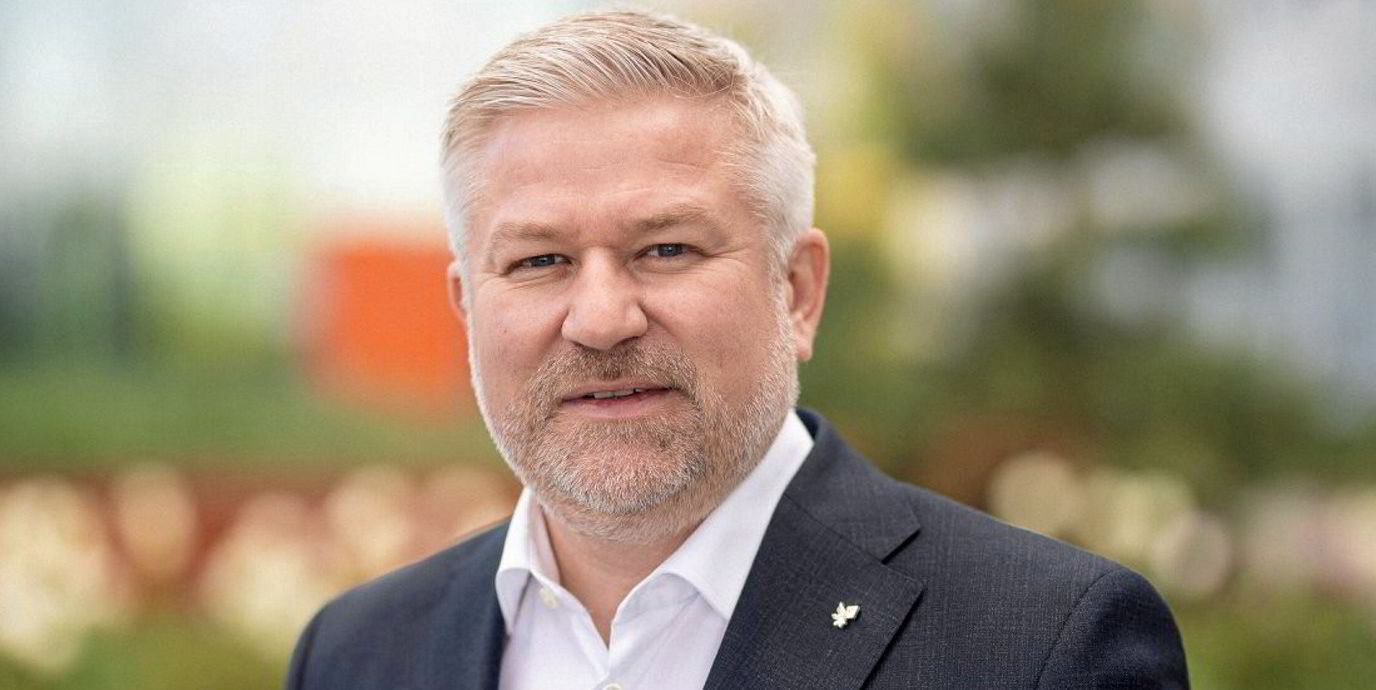
"We see a big potential to leverage our experience in building a new industry together with [South] Korea's world-class supply chain," he said.
Equinor said it has been in South Korea since 2014 and has a lot of experience with the country's shipyards, having worked with local suppliers to support the construction of offshore platforms and vessels.
The company has been involved in newbuilding projects across several of South Korea's major shipyards including Samsung Heavy Industries (SHI) and Hyundai Mipo Dockyard.
Fourteen newbuildings were put into operation in Equinor's shipping fleet in 2020, most in the North Sea and two in Brazil.
The company has between 90 and 100 vessels from small LPG carriers to VLGCs and VLCCs to LNG carriers on charter.
Of these, about 60 are on period charters of varying lengths, while the rest are on the spot market, the company has previously told TradeWinds.
South Korea's shipyards are gearing up to be able to benefit from the country’s growing interest in the offshore wind market.
Daewoo Shipbuilding & Marine Engineering is building a wind turbine installation vessel (WTIV) for US-listed Eneti, while SHI has recently developed a "green" WTIV design, which it says halves carbon emissions.
However, South Korea's shipyards have been here before. SHI delivered three WTIVs between 2012 and 2015, while Hyundai Heavy Industries targeted the wind turbine vessel market close to a decade ago in the face of competition from China in conventional shipbuilding.
Analysts at Oslo-based energy intelligence outfit Rystad Energy recently forecast that in places such as Japan and South Korea they expect spending on the offshore wind industry to surpass that of the offshore oil and gas sector before the end of the decade.
